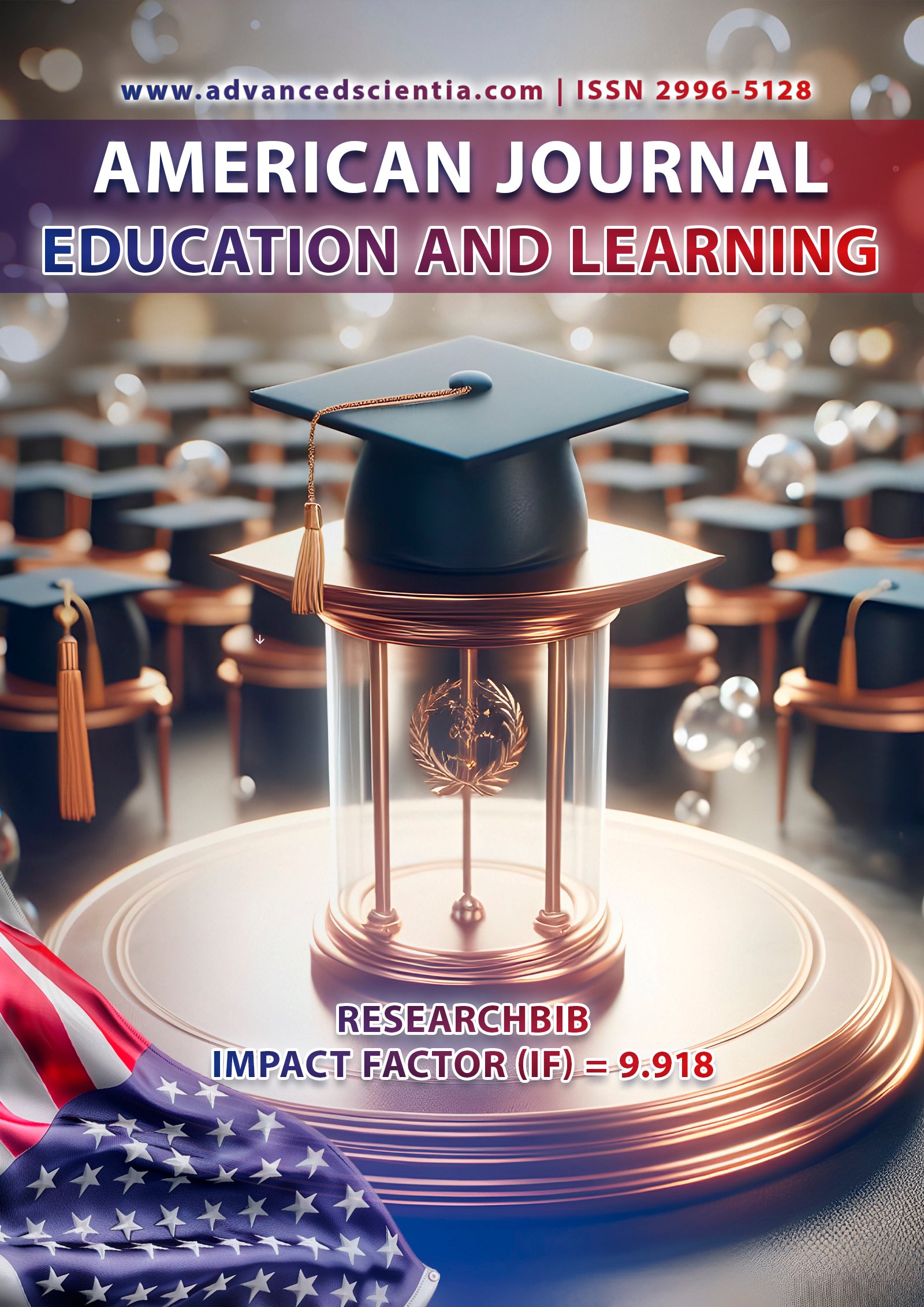A COMPARATIVE STUDY OF TOPONYMS, ANTHROPONYMS, AND OTHER ONOMASTIC UNITS IN UZBEK AND ENGLISH
Abstract
This study investigates the linguistic and cultural characteristics of onomastic units in Uzbek and English, focusing on three major categories: toponyms, anthroponyms, and other naming forms such as ethnonyms and hydronyms. Using a descriptive-comparative method, the paper explores the etymology, morphological structure, and semantic features of selected names in both languages. The findings reveal that while both onomastic systems serve to preserve historical and cultural identity, Uzbek naming practices are more semantically transparent and metaphorically rich, whereas English onomastics is characterized by deep historical layering and institutional continuity. The study contributes to the field of comparative onomastics and sociolinguistics by providing insight into how language, culture, and history intersect through the practice of naming.
References
1. Algeo, J. (2001). The origins and development of the English language (5th ed.). Wadsworth.
2. Ainiala, T., Saarelma, M., & Sjöblom, P. (2016). Names in Focus: An Introduction to Finnish Onomastics. Studia Fennica Linguistica. Finnish Literature Society.
3. Ismatullaeva, M. (2020). Specific Features of Uzbek Personal Names and their Cultural Relevance. Journal of Central Asian Studies, 15(2), 67–78.
4. Pavlenko, A. (2014). The Bilingual Mind and What it Tells Us about Language and Thought. Cambridge University Press.
5. Room, A. (1996). Placenames of the World. McFarland & Company.
6. Sapir, E. (1929). The Status of Linguistics as a Science. Language, 5(4), 207–214.
7. Whorf, B. L. (1956). Language, Thought, and Reality: Selected Writings of Benjamin Lee Whorf. MIT Press.
8. Tursunbayevich, B. A., Vitalyevna, U. A., Sadullayevich, U. S., & Vyacheslavovna, O. A. MODERNIZATION OF THE PROTEST OF TEACHING RUSSIAN AND ENGLISH IN PRIMARY EDUCATION.
9. Begmatov, A. T. (2022). EFFECTIVE USE OF INTERACTIVE GAMES IN TEACHING FOREIGN LANGUAGE. Conferencea, 1–4.
10. Tursunbayevich, B. A. (2024). The influence of gamification on student motivation and achievement in higher education English as a foreign language learning. University Research Base, 94-99.15:13
11. Begmatov, A., Ismoilov, A., Dauletiyarov, A., & Tasqinov, Y. (2024, May). New classes of integral geometry problems of Volterra type in three-dimensional space. In AIP Conference Proceedings (Vol. 3147, No. 1). AIP Publishing.
12. Tursunbayevich, B. A. (2024). TEACHERS'ATTITUDES AND PERCEPTIONS TOWARDS THE UTILITY OF TRANSLATION IN FOREIGN LANGUAGE TEACHING. University Research Base, 100-106.
13. Tursunbaevich, B. A. (2023). BOSHLANG ‘ICH SINFLARDA BADIIY ASARNI TAHLIL QILISH USTIDA ISHLASH. QO ‘QON UNIVERSITETI XABARNOMASI, 709-711.
14. Tursunbayevich, B. A., Vitalyevna, U. A., Sadullayevich, U. S., & Vyacheslavovna, O. A. MODERNIZATION OF THE PROTEST OF TEACHING RUSSIAN AND ENGLISH IN PRIMARY EDUCATION.15:13
15. Sheraliyevna, R. R. N. (2025). UZBEK VA INGLIZ TILLARIDA SINTAKTIK-STILISTIK FIGURALARNING NUTKIY AKTLARDA IFODALANISHI. Journal of universal science research, 3(1), 257-262.
16. Sheraliyevna, R. R. N. (2025). COMMUNICATIVE SPEAKING ACTIVITIES IN TEACHING ENGLISH TO HIGH-LEVEL LEARNERS. AMERICAN JOURNAL OF MULTIDISCIPLINARY BULLETIN, 3(4), 216-226.
17. Sheraliyevna, R. R. N. (2025). THE INFLUENCE OF LITERATURE IN TEACHING ENGLISH TO UNIVERSITY STUDENTS. Multidisciplinary Journal of Science and Technology, 5(4), 22-29.
18. Yusupova, D. (2019). Historical and Linguistic Analysis of Uzbek Toponyms. Uzbek Journal of Philology, 8(1), 112–120.






















